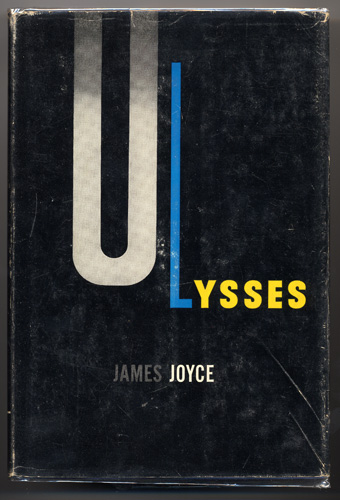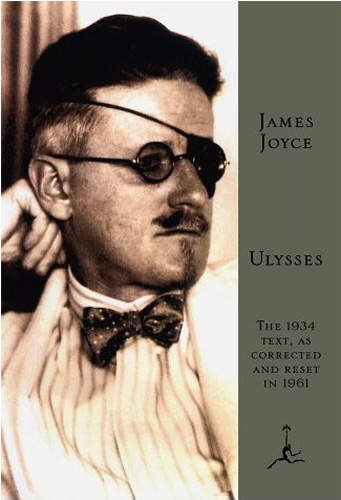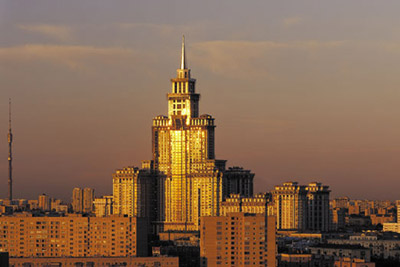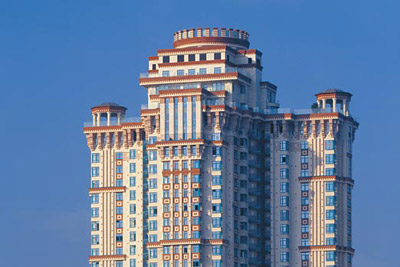“It’s the combination of narcissism and nihilism that really defines postmodernism” Al Gore
I am a man with huge gaps in education. Every time I think about all the history, philosophy and literature that I should be familiar with, I shudder. Take, for instance, Modern Library List of Best 20th-Century Novels. Out of the top 10 I olnly read numbers 4, 5 and 10.
By the way, Modern Library editors did not understand the web enough to run a poll for a reader selected top list. Of course, the list came to include 4 Ayn Rand and three L. Ron Hubbard titles, with two top spots going to “Atlas Shrugged” and “The Fountainhead,” and third to “Battlefield Earth”. I am a bit surprised to see the Objectivists defeat the Scientologists, but I guess they’ve heard about the vote earlier and mobilized their forces ahead of time somehow.
A similar “vote” happened on the TV Guide website once. The poll was run to determine the most annoying Star Trek character, and early on Ensign “Wussley” Crusher had a good lead on the competition. That was until Wussley’s alter ego, popular blogger Wil Wheaton, asked his readers to stuff the ballot box. Funnily enough, both wilwheaton.net and tvguide.com have the same PageRank of 7, so he had more than enough readers to rig the vote. I don’t remember who won and I can’t really look it up because in its recent redesign TV Guide broke most of the old urls (one of the reasons why its PageRank is so low).
Anyway, I really wanted to talk about the top Modern Library novel, Ulysses by James Joyce. I must have started this book 3 times, only to get stuck a couple of pages into it. I’ll have another go at it sometime, but I am afraid I am not smart enough yet to tackle it.
One thing that leads me to believe that there might be a day when I’ll enjoy Ulysses is my growing appreciation of the Modernist movement. Even though the contents of the book elude my understanding at this moment, I really like the dustjacket created by E. McKnight Kauffer and book design by Ernst Reichl. Just because of the dustjacket design I paid $15 for this book many years ago, when I usually refused to pay more than a buck for a used book. The elegance of the form and color, the expressiveness of the simple type elements is lightyears beyond the current, and I guess what should be called “Postmodern,” cover.


The funny thing is that “Modernism” is not modern at all. We are talking about books, architecture and music that is at least 50, and some times almost 100 years old. What comes after Modernism? Postmodernism. Honest to God, it looks like our society is running out of naming ideas. What do you name a language that comes after B? C. And then? C++. What comes after Generation X? Generation Y. Then? Generation Z.
The latest poll is about Wesley Crusher.

